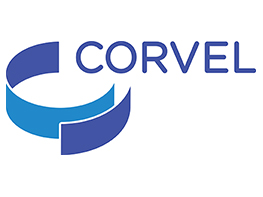White Paper
Ancillary Care Solutions: Uncovering the Key Factors of a Successful Program
White Paper Summary
The scheduling, coordination, and overall management of ancillary services make up a significant amount of medical spend in workers’ compensation. That is because an injured worker’s road to recovery is often complex, requiring clinical oversight and a high level of coordination for timely care delivery.
Ancillary services, which include physical therapy, diagnostic imaging, and durable medical equipment, are necessary in many cases to supplement primary care and can result in higher costs when treatment delays occur.
To gain insight into the current use of ancillary services and the most significant pain points risk managers face, CorVel sponsored a recent survey of industry professionals. The report identified key industry trends, analyzed areas of opportunity for improvement, and reported on the value of CorVel’s ancillary care solution, CareIQ.
To learn more about CorVel, please visit their website.






